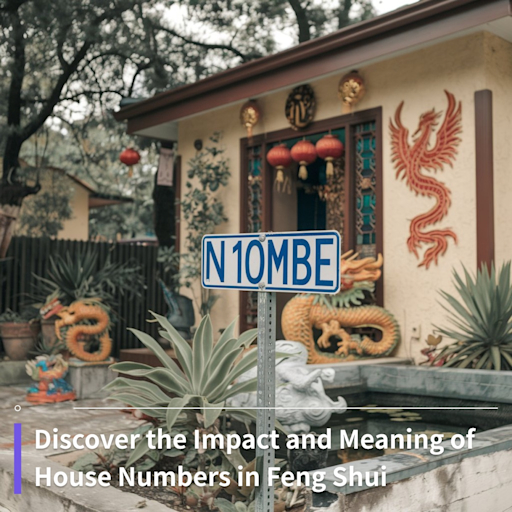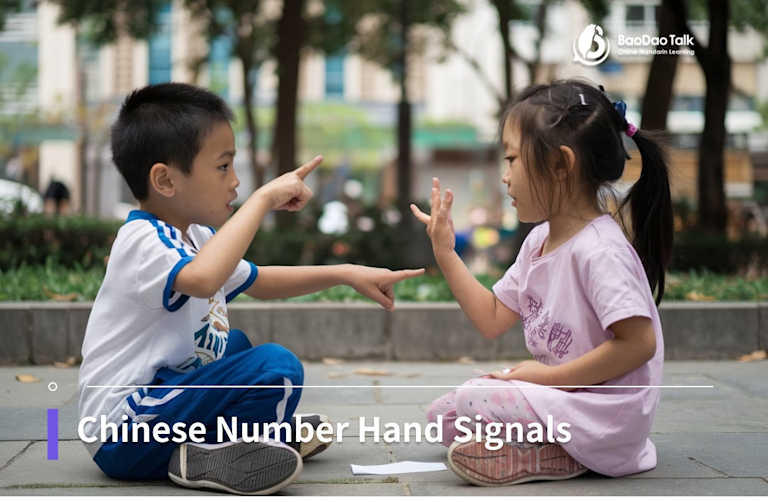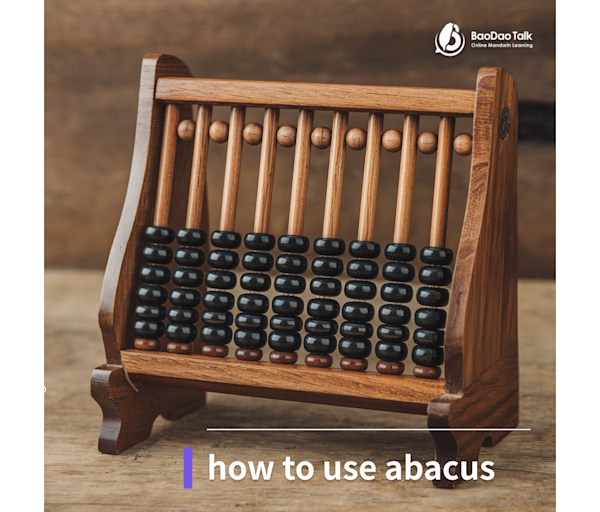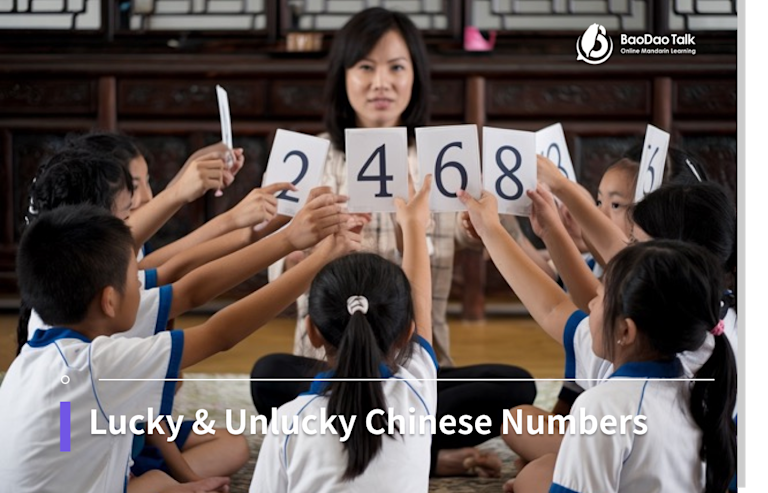BaoDao Talk Blog
2024-11-12updated
The History of Chinese Numbers: Origins & Numerals Evolution
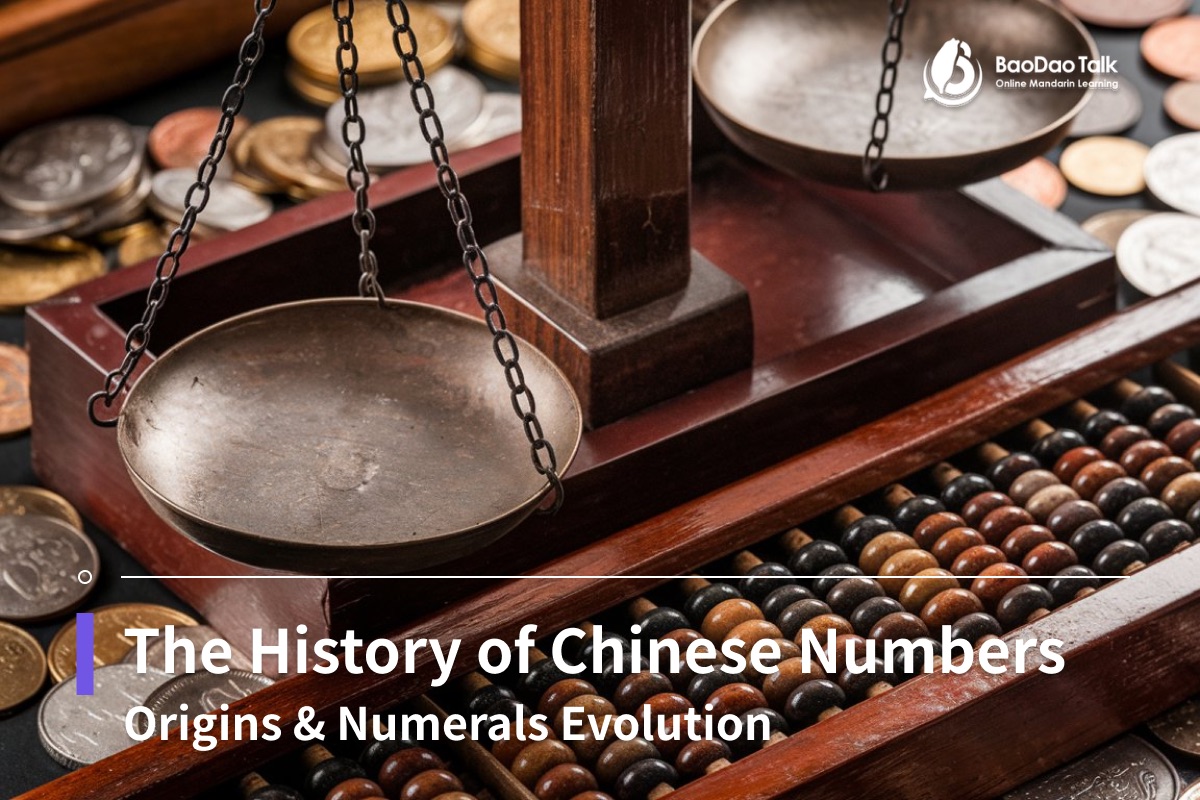
# Learning Mandarin
The history of Chinese numbers can be traced back to the spiritual rituals of the Shang dynasty. Learn how it evolved into the modern numeral system.
Quick Navigation
Numbers have played a vital role in shaping Chinese civilization, serving both practical and spiritual purposes. In ancient China, mathematics was not just a tool for everyday commerce, administration, and astronomy, it was also deeply intertwined with religious practices, such as fortune-telling.
Remarkably, despite the absence of the number "zero," the ancient Chinese numeral system developed complex additive and multiplicative properties. This laid the foundation for modern Chinese numerals and has had a lasting impact on the broader cultural sphere, influencing neighboring countries like Japan and Korea.
This article will trace Chinese numerals back to their roots and explore their evolution throughout the course of history to help you understand how modern Chinese numbers came to be.
Early Origins of Chinese Numerals: Decimal-Based Symbols
The origins of Chinese numerals trace back to the Shang dynasty (circa 14th century BC), where early forms of numerical notation were discovered on oracle bones and tortoise shells. Some of these inscriptions were unearthed at an archaeological site of Xiaodun in the Henan province, and experts believe they were used during religious ceremonies to communicate with ancestors. Numbers were vital in these rituals, often recording sacrifices, battles, and other significant events to inform spiritual beings about the current situation as the ancient Chinese civilians asked for blessings.
 Source: Ancient Chinese Numerals
Source: Ancient Chinese Numerals
The chart above illustrates the symbols for the Chinese numeral system used during that time. Despite the absence of a positional system and the concept of zero, this system was highly functional because it was decimal-based, and also additive, and multiplicative. For example, the number 200 was represented by combining the symbol for 2 with that for hundred’s, while larger numbers like 3568 were written by placing the symbols for 3000, 500, 60, and 8 sequentially, appearing as below:

Source: Ancient Chinese Numerals
Evolution of Chinese Numbers: Rod & Suzhou Numerals
Around the 4th century BC, rod numerals were introduced along with the invention of counting boards, revolutionizing numerical representation in Chinese civilizations. Counting boards, arranged in rows and columns, utilized rods made of bamboo or ivory to signify numbers, with a natural place-value system emerging from their structure. This allowed units, tens, hundreds, and higher values to be easily calculated, laying the foundation for calculations like multiplication, division, and even square root extraction.
Rod numerals brought a major mathematical breakthrough, as they eliminated the need for zero by leaving blanks for empty columns. This system was so effective that it remained in use for centuries, influencing the development of other calculation tools like the abacus, which used to perform arithmetic and more complex operations, such as square and cube roots.
 Source: The Crest of the Peacock by George Gheverghese Joseph
Source: The Crest of the Peacock by George Gheverghese Joseph
Later on, the rod numerals evolved into a new system, the Suzhou numerals, which were also known as huāmǎ (花碼). Due to their compact format, Suzhou numerals became indispensable in markets and commerce, especially accounting up until the late 20th century. Their simplicity also had a great influence on how modern chinese numbers were characterised.
 Source: Research on the Application of Regional Cultural Symbols in the Creative Design of Characters: Taking Suzhou Numerals as an Example
Source: Research on the Application of Regional Cultural Symbols in the Creative Design of Characters: Taking Suzhou Numerals as an Example
Modern Chinese Numbers: Characterised Numerals
While China, Taiwan, Hong Kong, and other Mandarin-speaking nations now rely on Arabic numerals for many daily purposes like most countries, the traditional Chinese numbering system still holds significant cultural importance, often appearing on formal documents and spiritual “fengshui” objects.
The modern Chinese numerals are divided into two systems: simple and complex, as seen in the chart below. Simple numerals are used for everyday tasks like counting and writing, while complex numerals are reserved for formal and financial documents, such as banknotes, contracts, and checks. These complex characters ensure clarity and reduce the risk of fraud, as they are more difficult to alter compared to the simpler forms.
| Number | Simple Character | Complex Character | Pinyin |
|---|---|---|---|
| 1 | 一 | 壹 | yī |
| 2 | 二 | 貳 | èr |
| 3 | 三 | 參 | sān |
| 4 | 四 | 肆 | sì |
| 5 | 五 | 伍 | wǔ |
| 6 | 六 | 陸 | liù |
| 7 | 七 | 柒 | qī |
| 8 | 八 | 捌 | bā |
| 9 | 九 | 玖 | jiǔ |
| 10 | 十 | 拾 | shí |
Learn More About Chinese Numbers at BaoDao Talk
The evolution of Chinese numerals reflects a rich history, from early oracle bones to the advanced rod numeral system and the Suzhou numerals used in commerce. These systems not only facilitated trade and accounting but also paved the way for significant mathematical developments, such as place value and complex calculations which contributed to global mathematical advancement.
If you are interested in exploring these cultural influences on modern innovations and elevate your Mandarin skills, then look no further than BaoDao Talk! As a leading Mandarin learning platform in Taiwan, we offer interactive experiences with qualified native-speaking tutors and structured courses tailored to your pace. Don’t miss out, visit BaoDao Talk now and begin your cultural, language-learning journey!
Read More:
Share to:

